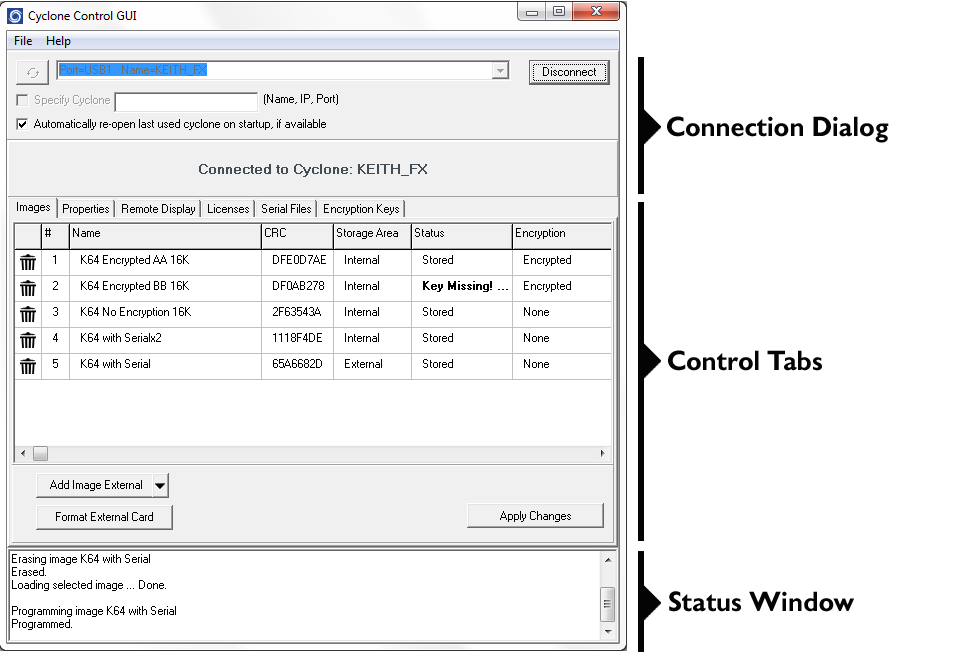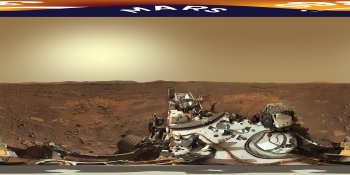
- #CYCLONE AND PTGUI SOFTWARE PRO#
- #CYCLONE AND PTGUI SOFTWARE SOFTWARE#
- #CYCLONE AND PTGUI SOFTWARE CODE#
- #CYCLONE AND PTGUI SOFTWARE TRIAL#
When I was handing over data to vendors on the show I would supply a 1/4 reduced pointcloud along with the faro scene files so they could export based off the original 1:1 FLS files. I only recommend 1:1 exports if you need extra detail for smaller areas. Pointcloud exports can get very large if you export 1:1.
#CYCLONE AND PTGUI SOFTWARE SOFTWARE#
I do think Think Box software has support for pointcloud using an xmesh pluggin, but I am not 100 percent on this since I mostly mingle with Maya. Then all you do is reduce the point cloud and export to xyz data. Registering Faro sphere’s are really cake and shouldn’t take more than 5 minutes to register.

Faro saves scans in FLS format which is highly compressed data. I haven’t messed with pts files, but I think that might be a Leica format.
#CYCLONE AND PTGUI SOFTWARE TRIAL#
Faro Scene comes with a 30 day trial that is fully functional. The best thing to do would be to ask for a 1/4 res reduced version of the combined registered pointcloud. Just trying to establish whether I need to try and get a trial of Faro Scene or just Geomagic…Īnd any ideas on a Point Cloud plug for Max? I liked their project helix plug that was in the AD labs a couple of years ago, it’s not seen the light of day though since but it’s interesting that AD bought out Alice Labs, so who knows – it could be around the corner. So I might have a crack at this – I had planned to try this in Max but your workflow is much better. I was on site during the scan and took 20 or so spherical HDRs. I work for another company now so cant really ask.Īny ideas whether this format tends to be registered or not? I know they used the sphere method and a Faro scanner. It was a while ago now and cant remember whether they gave me the unregistered scans or just split the registered scan into managable chunks or perhaps even thinned it out a bit. pts files totalling 35GB of an exterior site. I aksed the surveyors for the raw data and I’ve got 28. It’s a fantastic tool that can be used in a multitude of ways.Ĭool, I’ve got some scan data from an old job I worked on. Scanning the environment and being able to pull the scan up in Maya with a Macbook Air to visually communicate how shots need to be shot for vfx work was a huge plus of having the scanner. For the larger outdoor areas It would sometimes take 4-6 hours for scanning and photography. You never at any point want to hold up production.

Most of the time you end up scanning ahead of shooting, or during shooting while everyone is on a lunch break. I would try to scan every set as much as possible. The most scans I capture would be around 20 scans, and the least for a room would be about 4-5. In door scanning would be about 5 minutes per scan for color. Scanning in sunlight outdoors would be 9 mins a scan including color capture of point cloud. The amount of scans per room really depended on the size and occluded objects, if it was inside or outside. This is in the latest nightly build of V-Ray for Maya. This will allow a crisp color render using the highest texture quality, yet downgrading the GI texture source and glossy reflections to render much faster. Also if you want to use a lower filter setting for rendering the color data of ptex, yet select a lower mipmap setting for GI and reflections you can go under MISC settings in V-Ray and change the GI Filter from 1 to 10 to force a lower quality mipmap.

You can trace rays from large data sets of ptex very quickly now. It’s now extremely fast to render using all CPU threads.
#CYCLONE AND PTGUI SOFTWARE CODE#
I should also mention that Chaos Group has rewritten some of the ptex caching code for reading ptex in V-Ray. Also there are some neat automatic retopologize tools in 3D Coat. I haven’t tried it yet but it looks helpful.
#CYCLONE AND PTGUI SOFTWARE PRO#
If you to try the methods without a Faro scanner you can pick up an Asus Xtion Pro Live and run it with Faro Scenect. Moving primitive shapes into place can go a long way. Creating clean geometry goes by pretty fast if you have good measurements of the environment.


 0 kommentar(er)
0 kommentar(er)
